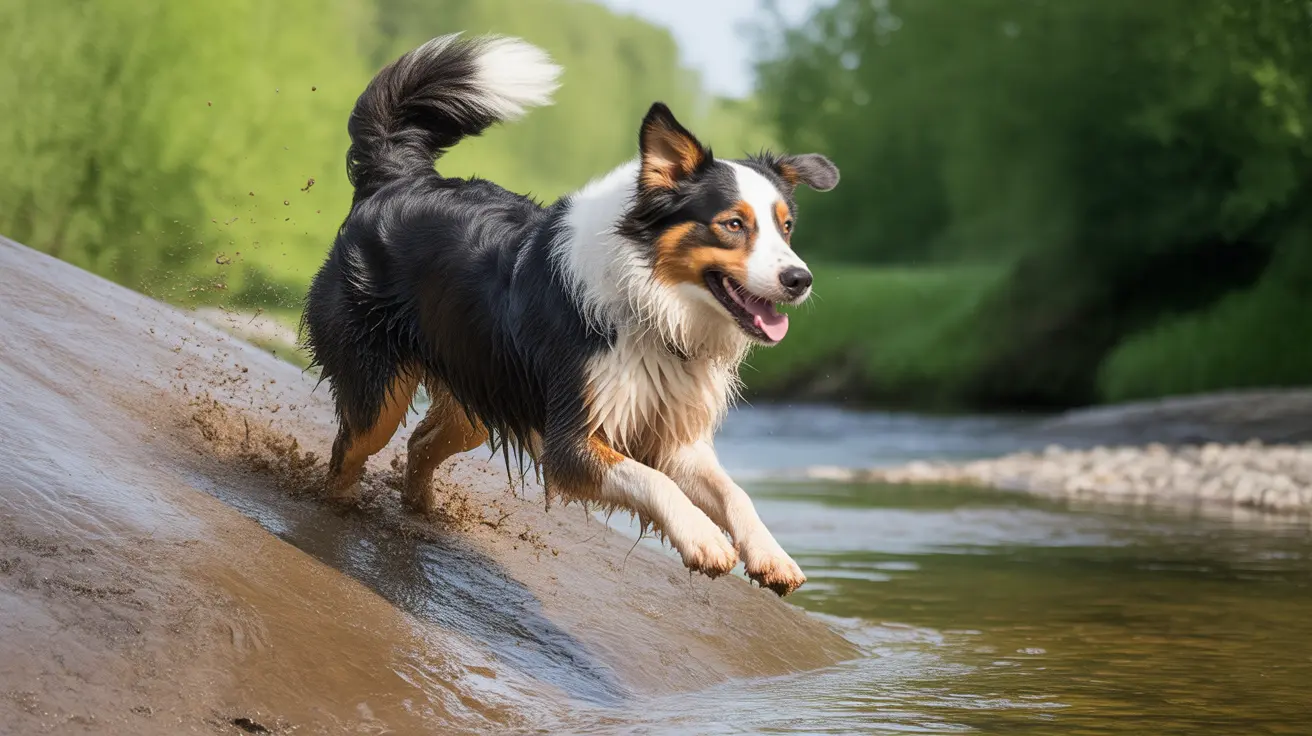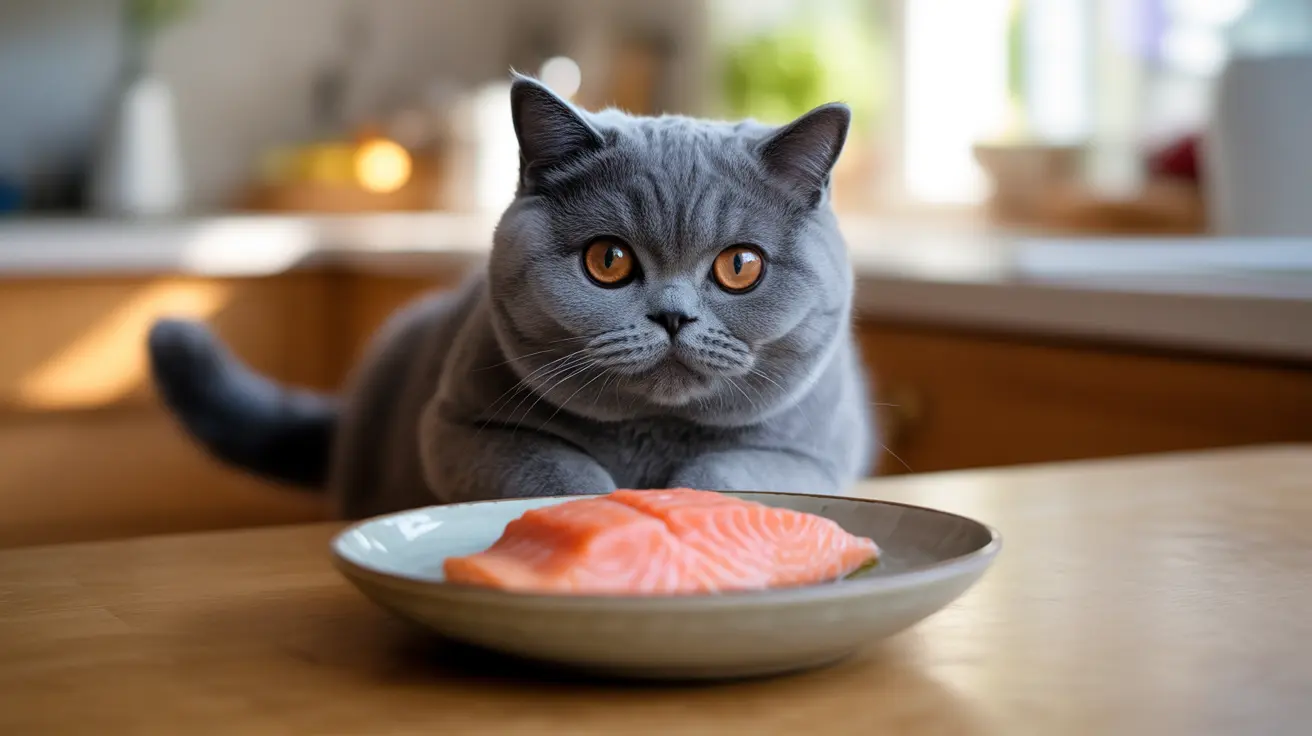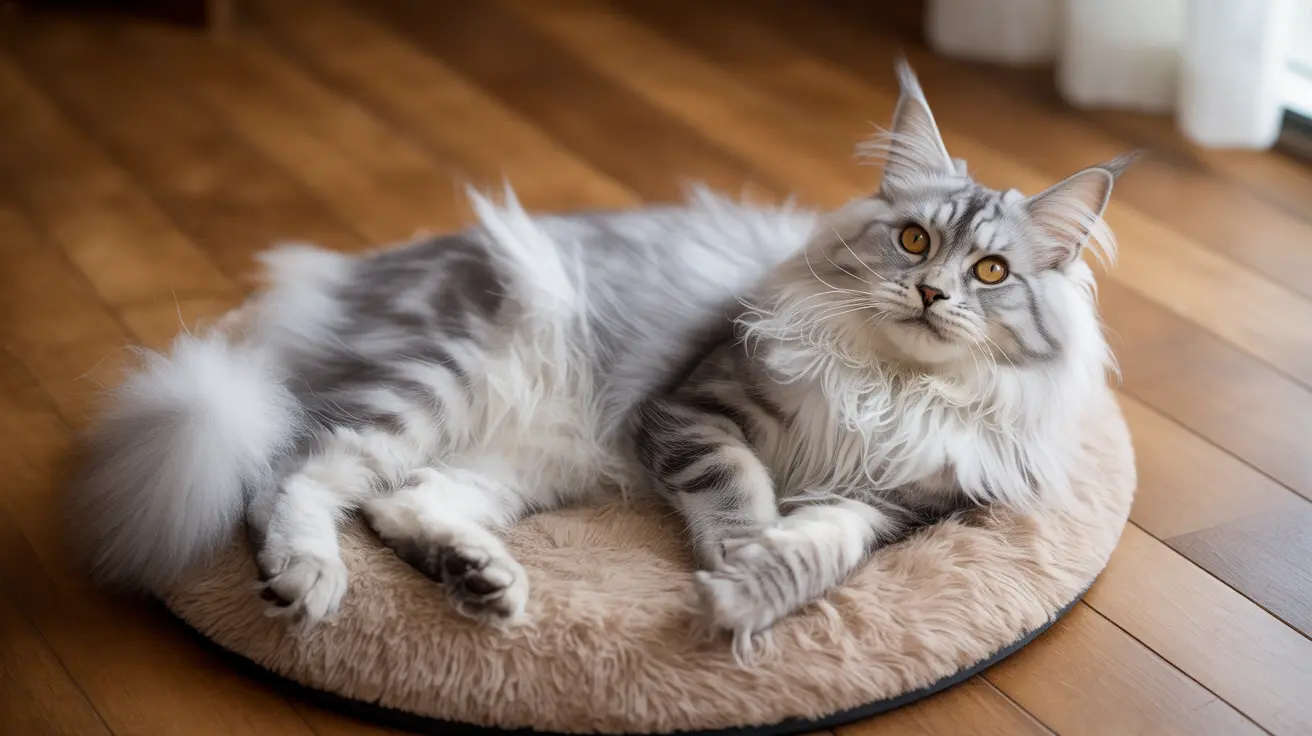5 Endearing Otter Behaviors That Will Melt Your Heart
Otters have captured the hearts of wildlife enthusiasts around the world with their playful antics, remarkable intelligence, and heartwarming social interactions. These charismatic marine and freshwater mammals exhibit behaviors that seem almost human-like in their complexity and charm. From using tools with the skill of a craftsman to holding hands while they sleep, otters demonstrate a fascinating blend of practicality and pure joy that makes them one of nature's most beloved creatures.
Understanding these endearing otter behaviors not only deepens our appreciation for these remarkable animals but also highlights the sophisticated social structures and survival strategies that have evolved over millions of years. Whether you're an animal lover, educator, or simply curious about the natural world, these five captivating behaviors will give you a new perspective on why otters are considered among the most intelligent and endearing creatures on Earth.
1. Master Tool Users: Otters and Their Favorite Rocks
One of the most remarkable endearing otter behaviors is their sophisticated use of tools, particularly their relationship with stones. Sea otters are among the few marine mammals that regularly use tools, and they do so with impressive skill and consistency. Each sea otter typically carries a favorite stone that serves multiple purposes throughout their daily life.
When feeding, sea otters float on their backs and use their chest or stomach as a natural table, striking prey with rocks to crack open hard shells of shellfish like abalone, clams, and mussels. This behavior showcases not only their intelligence but also their adaptability, as they must consume 25-30% of their body weight daily to survive in cold waters. The precision with which they handle these tools demonstrates a level of motor control and problem-solving ability that rivals many land mammals.
What makes this behavior even more endearing is that otters don't just use any rock they find. Research has shown that they often have a preferred stone that they carry with them, sometimes tucked into a fold of skin under their arm. This attachment to a particular tool suggests a level of individual preference and planning that speaks to their cognitive abilities.
Tool Use Compared to Other Animals
The tool-using abilities of otters place them in an exclusive group of animals that includes primates, elephants, and certain bird species. However, what sets otters apart is their aquatic tool use, which presents unique challenges not faced by terrestrial tool users. The buoyancy of water, the need to maintain their position while manipulating objects, and the requirement to hold their breath while diving all add layers of complexity to their tool use that few other animals must navigate.
2. The Art of Holding Hands: Otter Rafting Behavior
Perhaps the most heartwarming of all endearing otter behaviors is their tendency to hold hands while sleeping. Sea otters engage in a behavior called "rafting," where they float in groups and literally hold hands or paws to prevent drifting apart while they rest on the water's surface. This behavior serves both practical and social purposes, creating one of nature's most touching displays of companionship.
When sea otters sleep at sea, they often wrap themselves in strands of kelp to anchor themselves, but when resting in groups, they form these hand-holding chains that can include anywhere from a few individuals to several hundred otters. The sight of dozens of otters floating peacefully while maintaining physical contact demonstrates their strong social bonds and cooperative nature.
This rafting behavior is typically gender-segregated, with males and females occupying separate sections of coastline and forming their own rafting groups. The physical connection serves as a safety mechanism, ensuring that no individual drifts away from the group during vulnerable rest periods. It also provides emotional comfort and reinforces social hierarchies within the group.
3. Playful Architects: Sliding and Water Games
Otters are among the most playful of mammals, and their recreational activities represent some of the most endearing otter behaviors observed in the wild. River otters, in particular, are famous for creating and using slides along riverbanks and slopes. These slides serve both practical and recreational purposes, though researchers continue to debate whether sliding is purely play or also serves as an energy-efficient method of travel.
Otters of all age classes have been observed engaging in sliding behavior, suggesting that play continues well into adulthood. They will repeatedly climb to the top of muddy or snowy slopes just to slide down into the water, often appearing to enjoy the activity for its own sake. This playful behavior is thought to be important for developing motor skills, maintaining social bonds, and providing mental stimulation.
Beyond sliding, otters engage in various water games including wrestling, chasing, and mock fighting. These activities serve crucial developmental purposes, helping young otters learn essential survival skills while strengthening social connections within their groups. The playful nature of otters extends to their interaction with objects, often juggling stones or playing with found items in ways that appear purely recreational.
The Science Behind Play
Research suggests that otter play behaviors, such as stone juggling, may be linked to motor development and could even indicate emotional states like hunger or excitement. Play is considered vital for animals as it helps alleviate boredom, develops physical coordination, and maintains social relationships. For otters, these playful activities contribute to their overall well-being and survival success.
4. Grooming Rituals: The Secret to Their Luxurious Coat
One of the most essential and endearing otter behaviors is their meticulous grooming routine. Otters possess some of the densest fur in the animal kingdom, with sea otters having approximately 1,000,000 hairs per square inch. This incredible fur density is crucial for their survival in cold water, as they lack the blubber layer that many other marine mammals rely on for insulation.
Otters spend an extraordinary amount of time grooming their fur, with researchers observing sea otters dedicating 11% to 48% of their day to this activity. They use their paws and claws to remove debris and comb through their fur, ensuring that it maintains its insulating properties. The grooming process is remarkably thorough - otters can reach every part of their body thanks to their flexible spine and loose-fitting skin.
The grooming ritual includes several fascinating techniques: otters blow air into their fur to increase its insulating capacity, beat the water with their feet to create foam that helps clean their coat, and vigorously dry themselves by rolling on the ground or rubbing against logs and vegetation. River otters often have designated grooming areas on land where they perform these essential maintenance activities.
5. Complex Communication: Scent Marking and Social Signals
Among the most sophisticated endearing otter behaviors is their complex communication system, which relies heavily on scent marking and visual cues. River otter feces, scientifically referred to as "spraint," plays an enormously important role in otter communication. This might not sound endearing at first, but the intricate social information system it represents is truly remarkable.
Otters deposit spraint in conspicuous, designated areas and spray it with scent to create both visual and olfactory indicators of their presence. This communication system allows otters to convey information about their identity, reproductive status, territory boundaries, and recent travels without direct confrontation. It's essentially a sophisticated social media network that helps maintain order in otter communities.
Different otter species exhibit varying levels of social complexity in their communication. Giant otters, for example, exhibit high degrees of pair bonding and group cohesiveness, with family groups consisting of adult pairs, subadults, and juveniles working together cooperatively. Asian small-clawed otters live in loose family groups of about 12 animals, while sea otters maintain their social connections through rafting behavior despite being basically solitary in their daily activities.
Social Bonds Beyond Communication
The depth of otter social relationships extends beyond simple communication into genuine emotional connections. Giant otters show remarkable family loyalty, with groups defending joint territories and maintaining strong pair bonds. Even river otters, which tend to be more solitary, demonstrate complex social hierarchies and territorial respect through their marking behaviors.
Environmental Influences on Otter Behavior
The endearing otter behaviors we observe are significantly influenced by environmental factors, including seasonal changes, habitat quality, and human interference. Climate and water temperature affect activity patterns, with most river otters being more active at night while sea otters remain generally diurnal. Habitat threats can alter normal behavior patterns, forcing otters to adapt their feeding, grooming, and social activities to survive in changing environments.
Seasonal variations influence breeding behaviors, territorial disputes, and group formations. During mating seasons, normally solitary species may show increased social interaction, while family groups may temporarily separate as individuals seek mates. Environmental stressors such as pollution, coastal development, and oil spills can disrupt normal behavioral patterns and threaten the survival of these remarkable behaviors.
Observing Otters Responsibly in the Wild
For those inspired to witness these endearing otter behaviors firsthand, responsible wildlife observation is crucial for protecting these animals and their habitats. The best opportunities to observe otters occur near their preferred habitats: coastal areas within a kilometer of shore for sea otters, and streams, rivers, lakes, and swamps for river otters.
When observing otters, maintain a respectful distance of at least 50 yards to avoid disturbing their natural behaviors. Use binoculars or telephoto lenses for closer observation, and never attempt to feed or interact with wild otters. Early morning and late afternoon often provide the best viewing opportunities, as many species are most active during these times.
Look for signs of otter presence such as slide marks on banks, tracks in mud or sand, and designated spraint areas. Patient, quiet observation often rewards viewers with glimpses of grooming rituals, playful interactions, and feeding behaviors that showcase the intelligence and charm that make otters so beloved.
Conservation: Protecting These Precious Behaviors
The future of these endearing otter behaviors depends entirely on successful conservation efforts and habitat protection. Otters serve as keystone species in their ecosystems, with sea otters playing crucial roles in maintaining kelp forest health by controlling sea urchin populations. The loss of otter populations would not only eliminate these charming behaviors but also disrupt entire ecosystem balances.
Current threats to otter populations include habitat loss from coastal development, pollution, oil spills, and climate change. Conservation efforts focus on habitat protection, pollution reduction, and public education about the importance of these remarkable animals. Sea Otter Awareness Week, occurring in late September, helps educate the public about conservation needs and encourages action to secure otters' survival.
Supporting conservation organizations, advocating for marine protected areas, and making environmentally conscious choices all contribute to protecting the habitats where these endearing otter behaviors can continue to thrive. The preservation of otter populations ensures that future generations will have the opportunity to witness and appreciate these remarkable displays of intelligence, playfulness, and social connection.
Frequently Asked Questions
How intelligent are otters compared to other marine mammals?
Otters demonstrate remarkable intelligence through their sophisticated tool use, problem-solving abilities, and complex social behaviors. Their ability to use and maintain preferred tools, learn from observation, and adapt to environmental changes places them among the most intelligent marine mammals, comparable to dolphins and seals in cognitive abilities.
Do all otter species hold hands while sleeping?
Hand-holding or rafting behavior is primarily observed in sea otters. River otters and other freshwater species typically rest on land in dens or designated areas rather than floating in groups. However, many otter species do show strong social bonds through other behaviors like group play and cooperative territory defense.
How long do otters spend grooming each day?
Sea otters spend between 11% to 48% of their day grooming their fur, which translates to roughly 3-12 hours daily. This extensive grooming is essential for maintaining the insulating properties of their dense fur coat, which can contain up to 1,000,000 hairs per square inch.
Why do otters play with stones?
Stone juggling and play behavior in otters may serve multiple purposes including motor skill development, hunger-related activity, and mental stimulation. Research suggests this behavior could be linked to emotional states and helps develop the coordination needed for effective tool use in hunting.
Can you see otter behaviors in captivity?
While many endearing otter behaviors can be observed in well-managed zoos and aquariums, the full range of natural behaviors is best seen in wild settings. Captive otters may show modified versions of tool use, play, and social interaction, but behaviors like rafting and territory marking are typically only observed in natural habitats.
How do environmental changes affect otter behavior?
Environmental factors significantly influence otter behavior patterns. Water temperature affects activity levels, seasonal changes impact breeding and territorial behaviors, and habitat threats can force behavioral adaptations. Pollution and human disturbance can disrupt normal feeding, grooming, and social activities.
What's the best time of year to observe otters in the wild?
Otter observation opportunities vary by species and location, but generally spring and early summer offer good viewing chances when many species are most active with young pups. Early morning and late afternoon provide optimal viewing times, as most otter species are more active during these periods. Winter months can also be excellent for observing sea otters, as they often remain active year-round in coastal areas.
Conclusion
These five endearing otter behaviors - their masterful tool use, heartwarming hand-holding, playful nature, meticulous grooming rituals, and complex communication systems - reveal the remarkable depth of intelligence and emotional sophistication that these animals possess. From the sea otter floating peacefully while cracking open shellfish with its favorite rock to river otters sliding joyfully down muddy banks, these behaviors demonstrate that otters are far more than just cute aquatic mammals.
Understanding and appreciating these behaviors connects us to the natural world in meaningful ways while highlighting the critical importance of conservation efforts. As we continue to face environmental challenges that threaten otter habitats worldwide, protecting these remarkable animals ensures that future generations will have the opportunity to witness these endearing behaviors that remind us of the wonder and complexity of the natural world. By supporting conservation efforts and observing otters responsibly, we can help preserve not just the animals themselves, but the magical behaviors that make them so special to wildlife enthusiasts around the globe.






